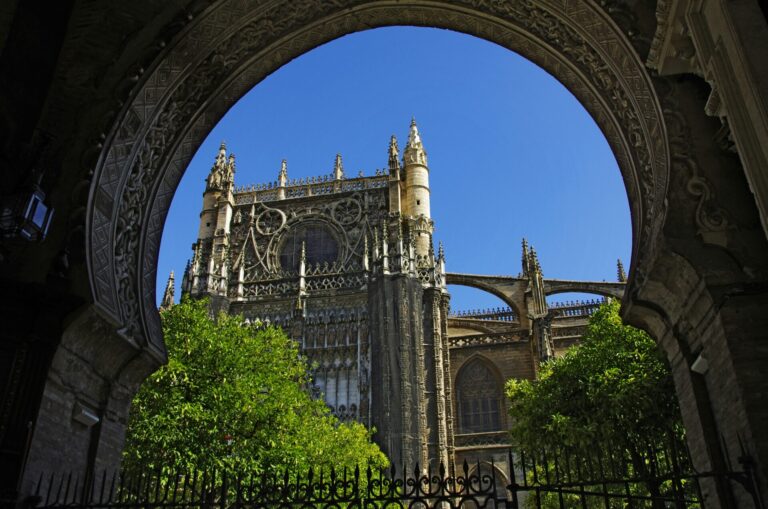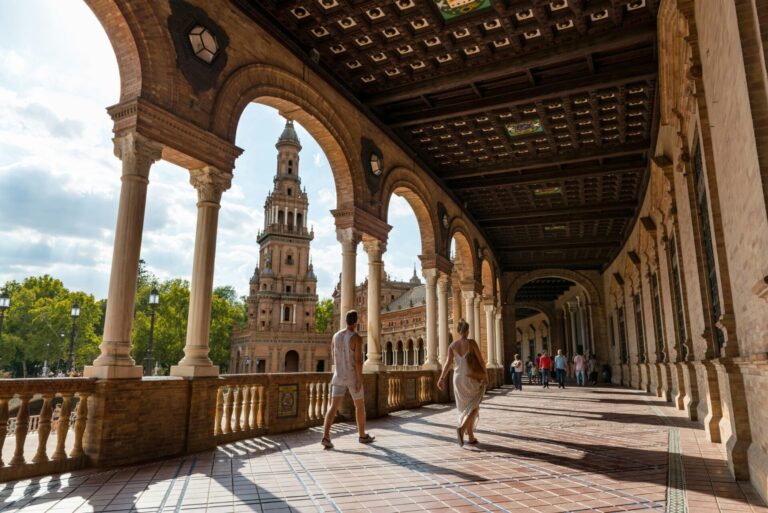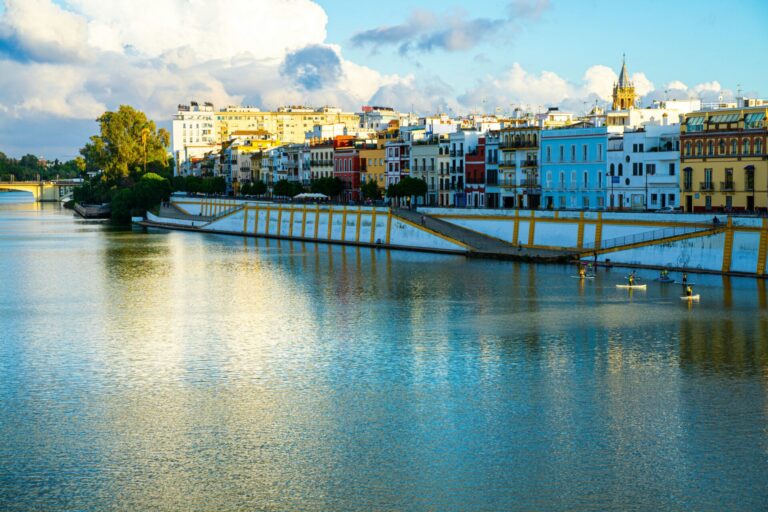Sevilla's Most Famous Attractions
Discovering Sevilla's Most Famous Attractions
Sevilla, the capital of Andalusia in southern Spain, is a city rich in history, culture, and architectural beauty. Known for its flamenco music, delicious tapas, and stunning landmarks, Seville offers many attractions that captivate visitors from around the world. But what is the most famous thing in Seville? While it’s challenging to pinpoint just one, several iconic sites and experiences stand out. Let’s explore these renowned highlights that make Seville a must-visit destination.
Sevilla Cathedral and La Giralda
One of the most famous landmarks in Seville is the Seville Cathedral, also known as the Cathedral of Saint Mary of the See. It holds the title of the largest Gothic cathedral in the world and is a UNESCO World Heritage site. The cathedral was built on the site of a former mosque, and its construction began in 1401, taking over a century to complete.
La Giralda
Attached to the cathedral is La Giralda, a bell tower that was originally built as a minaret during the Almohad dynasty. Standing at 104 meters tall, La Giralda offers stunning panoramic views of the city. Visitors can climb the 35 ramps to the top, where they are rewarded with breathtaking vistas of Seville’s skyline. The tower’s unique blend of Islamic and Renaissance architecture makes it a symbol of Seville’s rich cultural heritage.

Real Alcázar of Sevilla
Another iconic site in Seville is the Real Alcázar, a royal palace originally developed by Moorish Muslim kings. The palace is renowned for its stunning Mudejar architecture, which combines Islamic and Christian design elements. The Real Alcázar is one of the oldest palaces still in use today, serving as a residence for the Spanish royal family when they visit Seville.
Gardens of the Real Alcázar
The palace’s gardens are equally impressive, featuring lush greenery, intricate fountains, and vibrant flowers. The gardens are a perfect place to stroll and enjoy the serene atmosphere, with the scent of orange blossoms filling the air. The Real Alcázar’s beauty and historical significance have made it a popular filming location, including for the hit TV series “Game of Thrones”.
Plaza de España
Built for the Ibero-American Exposition of 1929, Plaza de España is one of Seville’s most famous and beloved landmarks. This grand square is a stunning example of Renaissance Revival architecture, featuring a semi-circular building with a series of bridges and a central fountain. The plaza is adorned with colorful ceramic tiles that depict scenes from Spain’s provinces, making it a visual feast for visitors.
Activities at Plaza de España
Visitors can rent rowboats to paddle along the canal that runs through the plaza or simply relax and take in the beautiful surroundings. The plaza is also a popular spot for street performers, adding to its lively and festive atmosphere. Plaza de España’s grandeur and charm make it a must-see attraction in Seville.

Torre del Oro
The Torre del Oro, or “Tower of Gold,” is another iconic landmark in Seville. This 13th-century military watchtower was built by the Almohad dynasty to control access to the Guadalquivir River. The tower’s name is believed to come from the golden glow it casts on the river at sunset.
Naval Museum
Today, the Torre del Oro houses a naval museum that showcases Seville’s maritime history, including artifacts from the Age of Exploration. Visitors can climb to the top of the tower for stunning views of the river and the city. The Torre del Oro’s historical significance and picturesque location make it a popular attraction for tourists.
Flamenco: The Heartbeat of Seville
While Seville is home to many famous landmarks, its cultural heartbeat is undoubtedly flamenco. This passionate and soulful art form, which includes singing, guitar playing, dance, and handclaps, originated in Andalusia and has deep roots in Seville.
Flamenco Shows
Visitors to Seville can experience authentic flamenco performances at various venues throughout the city, from intimate tablaos (flamenco bars) to grand theaters. The Triana neighborhood, in particular, is known for its vibrant flamenco scene. Attending a flamenco show is a must-do activity in Seville, offering a glimpse into the city’s rich cultural heritage.
Triana: Seville's Most Charming Neighborhood
Located across the Guadalquivir River from the city center, Triana is one of Seville’s most charming and authentic neighborhoods. Known for its narrow streets, colorful houses, and lively atmosphere, Triana has a distinct character that sets it apart from the rest of the city.

Triana Bridge
The Triana Bridge, also known as the Isabel II Bridge, connects the neighborhood to the heart of Seville. Declared a National Historical Monument in 1976, the bridge is an iconic symbol of the city. Walking across the bridge offers stunning views of the river and the cityscape, making it a popular spot for both locals and tourists1.
Santa Cruz: A Walk Through History
The Santa Cruz neighborhood is another must-visit area in Seville. This historic Jewish quarter is a maze of narrow streets, whitewashed houses, and picturesque squares. Santa Cruz is home to several important landmarks, including the Seville Cathedral and the Real Alcázar.
Exploring Santa Cruz
Wandering through Santa Cruz is like stepping back in time. The neighborhood’s charming streets are lined with tapas bars, boutiques, and hidden courtyards, offering plenty of opportunities to explore and discover. Santa Cruz’s unique blend of history and charm makes it one of the most beloved areas in Seville.
Metropol Parasol: A Modern Marvel
While Seville is known for its historic landmarks, it also boasts modern architectural wonders like the Metropol Parasol. This large wooden structure, also known as “Las Setas” (The Mushrooms), was completed in 2011 and has quickly become a symbol of contemporary Seville.
Features of Metropol Parasol
The Metropol Parasol features a series of mushroom-shaped parasols that provide shade and create a striking visual effect. Visitors can take an elevator to the top of the structure, where they can enjoy panoramic views of the city from a walkway. The Metropol Parasol also houses a market, a plaza, and an archaeological museum, making it a multifunctional space that attracts both locals and tourists.
